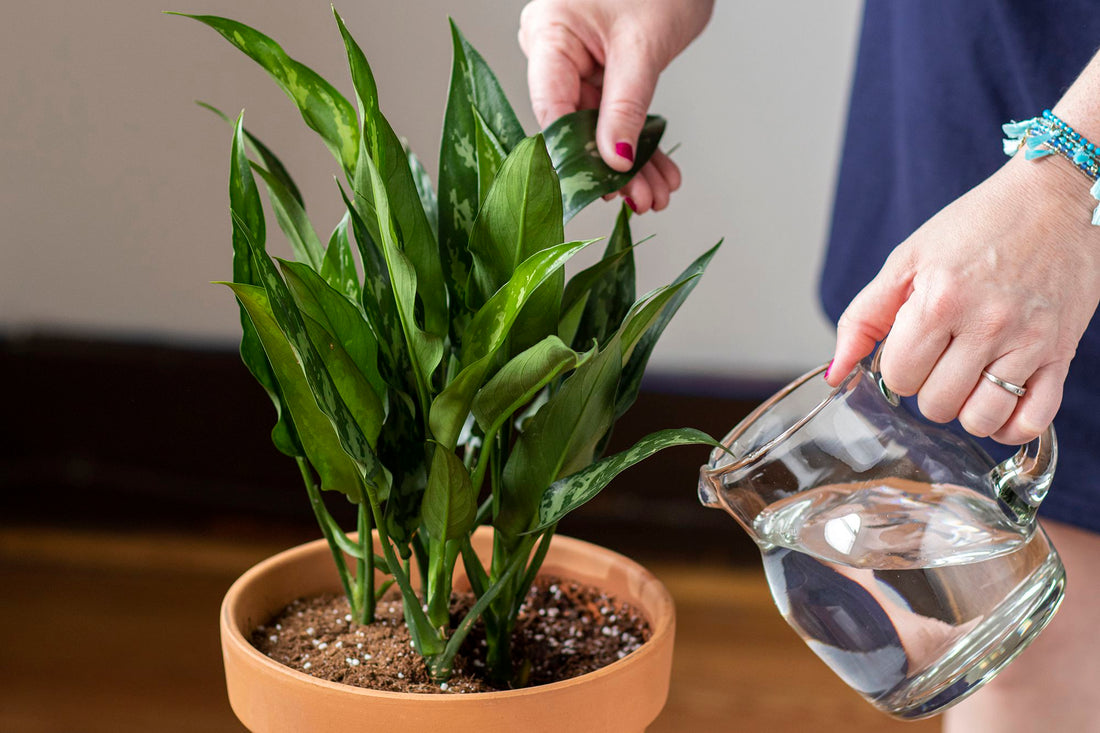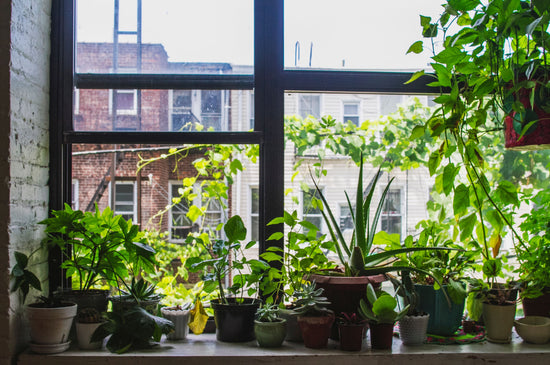How to Repot Plants: A Step-by-Step Guide
Repotting your plants is a vital part of their care, ensuring they have enough space to grow and thrive. Over time, soil loses nutrients, roots become crowded, and plants outgrow their pots. Knowing when and how to repot your plants can make a huge difference in their health and growth. Here’s a complete guide to repotting your plants.
Why Is Repotting Important?
- Encourages Healthy Growth: Fresh soil provides essential nutrients and space for roots to spread.
- Prevents Root-Bound Conditions: Roots that circle the pot can suffocate the plant and hinder nutrient absorption.
- Refreshes Soil: New soil improves drainage and prevents issues like salt buildup or compaction.
When to Repot Plants
- Visible Roots: Roots growing out of drainage holes or circling the pot’s surface indicate it’s time to repot.
- Stunted Growth: A plant that’s stopped growing despite regular care may need more space for its roots.
- Water Issues: If water drains too quickly or not at all, it’s a sign of poor soil structure or overcrowded roots.
- Annually or Biannually: Most houseplants benefit from repotting every 1–2 years, depending on their growth rate.
What You’ll Need
- A new pot (1–2 inches larger in diameter than the current pot)
- Fresh potting mix appropriate for your plant
- Gardening gloves (optional)
- A trowel or spoon
- Pruning shears
How to Repot Plants: Step-by-Step Guide
-
Prepare the New Pot
- Choose a pot with drainage holes to prevent waterlogging.
- Add a layer of fresh potting mix to the bottom.
-
Water the Plant
- Water the plant a day before repotting. This softens the soil and makes it easier to remove the plant.
-
Remove the Plant from Its Current Pot
- Gently loosen the soil around the edges and tip the pot on its side. Slide the plant out carefully to avoid damaging the roots.
-
Inspect and Trim the Roots
- Check for root rot or overcrowding. Trim away any dead or mushy roots with clean pruning shears. If the plant is root-bound, gently loosen the roots to encourage outward growth.
-
Place the Plant in the New Pot
- Center the plant in the new pot and fill in the sides with fresh soil. Leave about an inch of space at the top for watering.
-
Water Thoroughly
- Water the plant to help the soil settle and hydrate the roots. Allow excess water to drain.
-
Adjust Placement
- Place the repotted plant in its usual spot but avoid direct sunlight for a few days to reduce transplant shock.
Tips for Successful Repotting
-
Don’t Oversize the Pot
- A pot that’s too large can hold excess moisture, increasing the risk of root rot.
-
Use the Right Soil
- Match the soil to your plant’s needs (e.g., cactus mix for succulents, rich organic soil for tropical plants).
-
Avoid Overwatering
- Newly repotted plants need less water initially as their roots adjust to the new soil.
-
Repot During Growth Seasons
- Spring and summer are ideal times to repot most plants, as they’re actively growing.
Common Mistakes to Avoid
-
Repotting Too Often
- Repotting too frequently can stress the plant. Stick to repotting every 1–2 years unless necessary.
-
Using the Wrong Pot Size
- A pot that’s too large or small can hinder growth. Choose one that’s just slightly larger than the current pot.
-
Skipping Root Pruning
- Leaving tangled or dead roots untreated can stunt your plant’s growth.
FAQs About Repotting Plants
Q: How do I know when it’s time to repot?
A: Look for signs like roots emerging from drainage holes, compacted soil, or stunted growth.
Q: Can I repot plants in winter?
A: It’s best to wait until spring or summer when plants are actively growing, but if the plant is severely root-bound, repotting in winter is okay.
Q: Should I fertilize after repotting?
A: Wait 4–6 weeks before fertilizing to give the plant time to adjust to the new soil.
Q: What should I do if my plant wilts after repotting?
A: Mild wilting is normal due to transplant shock. Keep the plant out of direct sunlight and water sparingly until it recovers.
Repotting plants doesn’t have to be intimidating. With the right tools and techniques, you can help your plants thrive and create a lush, vibrant indoor garden. Whether you’re refreshing the soil or giving your plant a new home, repotting is a step toward healthier, happier plants.





